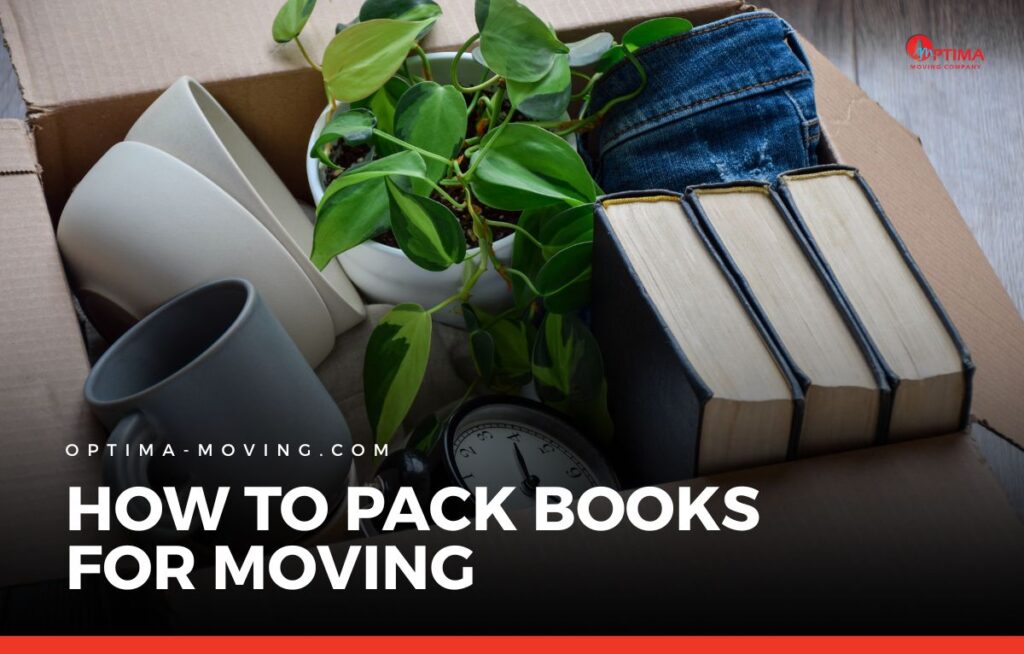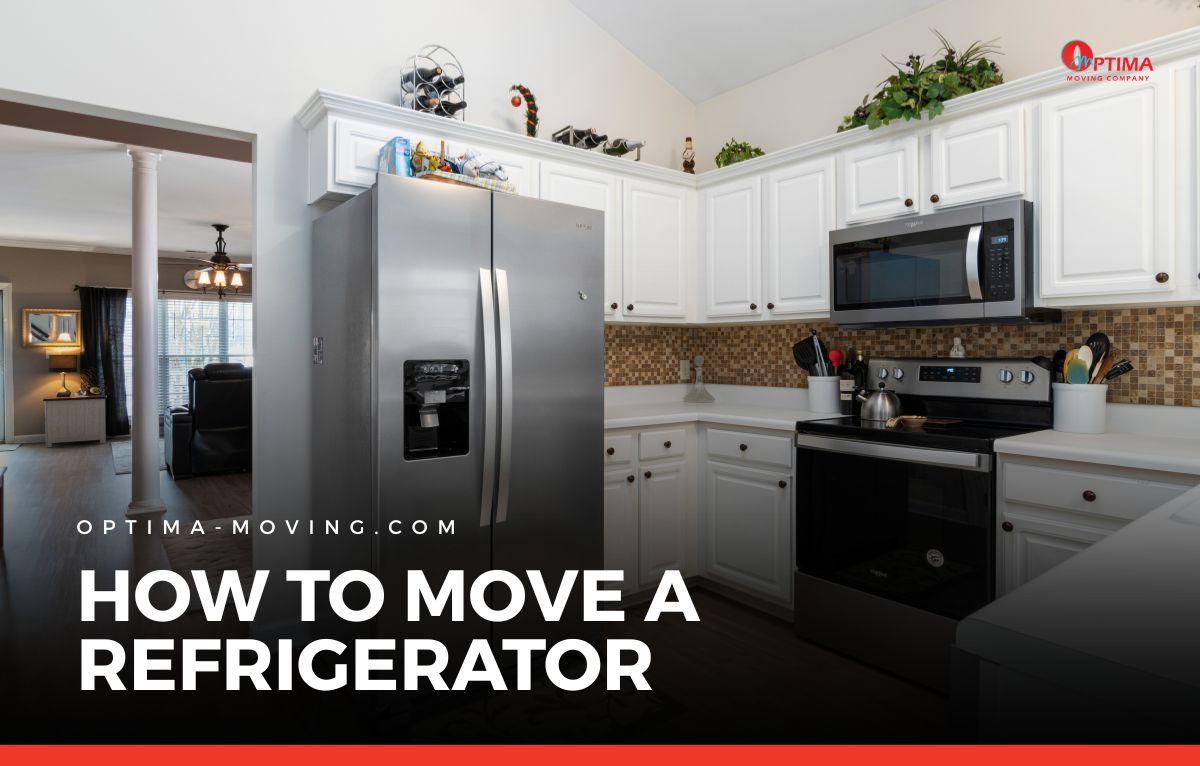If you’ve ever moved with a book collection, you know the struggle isn’t about the space; it’s about the weight.
Figuring out how to pack books for moving takes more than tossing them into a box. Books are heavy, prone to damage, and often hold sentimental or financial value.
Without the right approach, you can end up with broken boxes, bent covers, or even injuries from lifting loads that are too heavy.
The good news is that with a clear plan, your books can arrive safely, organized, and ready for their new shelves.
Why Books Are Tricky to Move
Unlike clothes, pillows, or kitchen items, books pack dense weight into small spaces. A single box of hardcover novels can weigh more than an entire box of kitchen supplies.
Overpacking not only risks damaging the books inside but also makes the boxes nearly impossible to carry.
On top of that, books can bend, tear, or get moisture damage if they aren’t protected properly. For avid readers or collectors, this makes careful packing a priority.
Another challenge is the emotional value attached to books. Collections often grow over years, and losing or damaging them feels personal.
Treating books with the same care as fragile items like glassware ensures they make the move intact.
Start with a Thoughtful Sort
Before diving into boxes, spend some time deciding which books you’ll bring along. Moving is the perfect opportunity to let go of titles you no longer need.
Old textbooks, duplicate copies, or books you’ve outgrown can be donated to libraries, schools, or local charities. The fewer books you move, the easier (and lighter) your load will be.
Once you’ve trimmed down your collection, separate books into groups. For example: novels, cookbooks, children’s books, and oversized art books.
Grouping them makes packing more organized and ensures similar-sized books are packed together, which prevents bent pages and uneven stacks.
Some people also like to set aside a “reading box” with a handful of favorites they’ll want easy access to right after moving.
This can include current reads, reference books, or comfort favorites for those first quiet evenings in a new home.
Choosing the Right Boxes for Books
The type of box you use plays a huge role in how safely your books arrive. Many people make the mistake of using large boxes, only to find them too heavy to lift.
Instead, small to medium boxes are best for books. They limit the weight and make carrying manageable.
Strong cardboard boxes are usually enough, but plastic bins with secure lids can add extra protection against moisture. Reinforcing the bottoms of all boxes with packing tape is also smart, since books can quickly put stress on box seams.
Lining the inside with packing paper or bubble wrap provides a little cushion, especially for rare or fragile editions.
If you’re reusing boxes, make sure they are clean and dry. Even small traces of moisture or food residue can damage books during transport.
How to Pack Books for Moving Without Damage
Once you have the right boxes, it’s time to think about placement. The way you stack books matters more than most people realize.
Different types of books need different packing methods:
- Hardcover books should be placed upright, with spines against the side of the box, similar to how they sit on a shelf.
- Paperback books can be stacked flat in piles to prevent the covers from curling.
- Oversized books are best packed lying flat, one on top of the other, to avoid bending.
Fill gaps with soft items like packing paper, bubble wrap, or even small towels. Empty spaces can cause books to shift during the move, leading to bent corners or torn pages.
By keeping everything snug, your collection stays protected.
Spacing Out the Weight
Books can make even a small box incredibly heavy, so weight distribution is key. A good rule of thumb is to fill only half the box with books and the rest with lighter items.
For instance, you could place novels at the bottom and then add clothes, linens, or office supplies on top. This balances the load and makes lifting easier.
When labeling your boxes, be clear about the weight. Marking a box as “Books—Heavy” gives movers a heads-up before they attempt to pick it up.
If you’re moving the boxes yourself, labeling helps you plan which ones to load first and where to place them in the moving truck.
Taking an extra moment to label by category also pays off later.
Writing “Cookbooks” or “Children’s Books” on the box means you won’t spend hours digging through piles when you’re setting up your shelves again.
Protecting Valuable or Rare Books
Some books are worth more than others, either financially or sentimentally. First editions, signed copies, or family heirlooms need extra care.
Instead of packing them with the rest of your collection, wrap them individually in acid-free paper and place them in smaller boxes or padded containers.
If moisture is a concern, add silica gel packets to the box to absorb any humidity during transport. For highly valuable collections, it may even be worth transporting them separately in your personal vehicle instead of the moving truck.
Collectors might also consider making a quick inventory list.
This helps you keep track of rare editions and gives peace of mind knowing exactly where each special book is packed.
A Few Smart Packing Shortcuts
Packing doesn’t have to feel overwhelming. Here are a few time-saving tricks that can make the process smoother:
- Suitcases with wheels: Use rolling luggage for heavy stacks of books. This avoids lifting altogether.
- Reusable shopping bags: Strong, reusable bags are great for paperbacks and can be carried by hand.
- Plastic bins with lids: Ideal for long-term storage if you won’t unpack books right away.
These shortcuts cut down on heavy lifting while keeping your books organized and easy to access when you arrive.
Move Your Books with Care and Confidence
Learning how to pack books for moving the right way protects both your collection and your back. From choosing the right boxes to distributing weight and protecting rare editions, every small step makes a difference.
Books often carry memories as much as knowledge, and treating them with care during a move ensures they’ll be ready to enjoy in your new home.
For a smoother moving experience, Optima Moving provides trusted moving services in Maryland and beyond.
With professional support, you can focus on unpacking your library instead of worrying about how to get it there safely.




